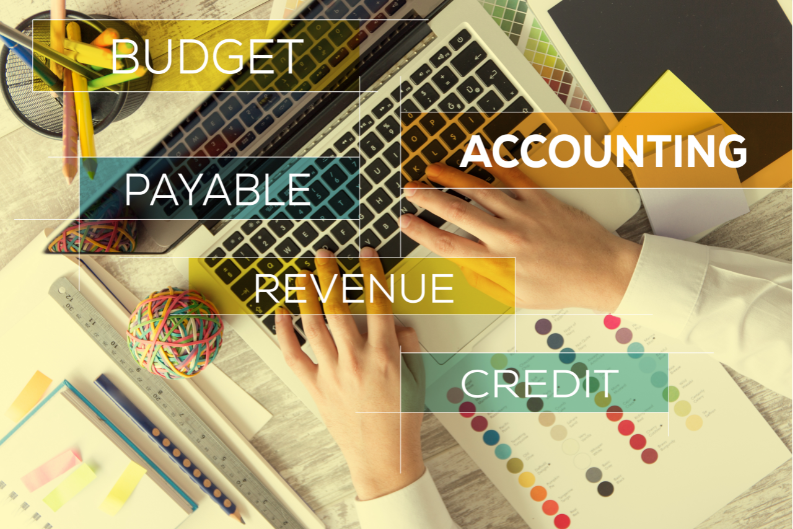Beginner’s Guide to Digital Marketing: Where to Start?

Want to grow your business online but don’t know how? You’re not alone. Many people find digital marketing confusing. But, it’s a powerful way to reach more people and sell more stuff. Digital marketing means using the internet, emails, and social media to get customers. One cool fact is that you can start digital marketing with little or no tech skills. This guide will show you the basics like making good content and using social media right. It’s all about finding where your customers hang out online and talking to them there. This blog will make things clear and easy for you. Keep reading! Understanding Digital Marketing Digital marketing is all about using the internet to promote goods and services. This method links companies with their customers online, where most people spend a lot of time. Definition and Scope Digital marketing is about promoting and selling things online. It uses strategies like content creation, social media, search engine optimization (SEO), digital ads, and email messages to build relationships and grow businesses. These tactics together help reach people interested in products or services. This type of marketing has a wide scope. It’s not just about posting on Twitter or getting the top spot on Google searches. Digital marketers also use tools like Google Ads for pay-per-click campaigns and SEO to make websites easy for people to find. They send emails that people want to open. Plus, they track everything with analytics tools to see what works best. This way, they know where to spend their time and money online. Importance in Today’s Economy Today, digital marketing plays a big role in the economy. Most people in the U.S. use the internet daily. Many are online almost all day. This means businesses must focus on online ads and social media websites to reach their customers. About 79% of people in the U.S. who use the internet are on Facebook. They also look for news updates there. Social media is key for finding new brands, especially among young shoppers. In fact, 54% of them find out about new products this way. Because so many people shop and learn online, companies invest a lot in content marketing—70%, to be exact! Good digital advertising helps businesses grow by reaching more people and selling more products online. Core Components of Digital Marketing Digital marketing has key parts that make it work, like building blocks. Think of these as tools and methods to reach people online, from writing great articles to posting on social media sites. Content Marketing Content marketing is a big deal. About 70% of marketers are putting money into it. They work on making interesting things to read, watch, or listen to. This helps people learn about their brand and makes them want to be fans. They might write blog posts, make videos, or share great pictures. The goal is to catch your interest and keep you coming back. This type of marketing isn’t just about selling stuff right away. It’s more like building a friendship with customers over time. Brands tell stories that matter to you and offer useful info without asking for anything in return at first. Over time, this builds trust and loyalty between brands and their audience – turning regular folks into big fans who love the brand. Social Media Marketing Social media marketing uses platforms like Facebook to reach people. With 79% of U.S. internet users on Facebook, it’s a big chance for brands. Over half look to these platforms for news updates, making them perfect places for marketing campaigns. Young online shoppers, 54% of them, find new brands through social media. This shows how important sites like Facebook are for businesses wanting more website traffic and brand awareness. Using social media helps companies talk directly to their target audience in a friendly way. It offers a unique chance to increase customer engagement without spending much money on traditional advertisements. Social media platforms give businesses tools to measure how well their ads are doing—things like how many people saw the post or clicked on an ad link—letting marketers see what works best and adjust their strategies fast. Search Engine Optimization (SEO) SEO makes your website show up higher on search engines like Google. It’s about using the right words that people type into Google. This is very important because most people click on the first three results they see. If your site is one of them, more people will visit it. To do well in SEO, you use white hat tactics. This means playing by the rules to improve where your website ranks. You also focus on what people are really looking for when they search online. Using tools to check how your website is doing helps a lot too. These tools tell you if you’re doing things right or if you need to change something to get better results. Pay-Per-Click (PPC) Advertising PPC advertising lets you show ads on search engines and other online platforms. You pay each time someone clicks on your ad. Google Ads is a big player here, and it’s like having a spotlight for your business on the internet. For instance, if you have a handmade jewelry store, setting up a PPC campaign can put your products in front of people searching for what you offer. This type of advertising works well with SEO and content marketing. While SEO helps get eyes on your website for free by ranking high in search results, PPC can give an immediate boost. It’s all about getting more clicks and attracting customers quickly. Plus, you can control costs by setting budgets and targeting specific groups to make sure the right people see your ads. Email Marketing Email marketing is super powerful. It has a median ROI of 122%, making it way better than other channels. This means when you send emails, you are more likely to make money back compared to if you just put ads online or



